What to do if you’ve received a blackmail email
Read how to spot email extortion threats that seem accurate.
We’re all familiar with receiving spam emails luring us into clicking on links provided, and we sometimes, unfortunately, give up our personal information.
A typical example of these emails is scammers claiming that they’ve gotten access to your email account and even your computer. While these emails are hard to believe, blackmail emails now often prove their access by showing your password, making these emails feel truly threatening.
In this article, we’ll walk you through what a blackmail email is and how to respond to one.
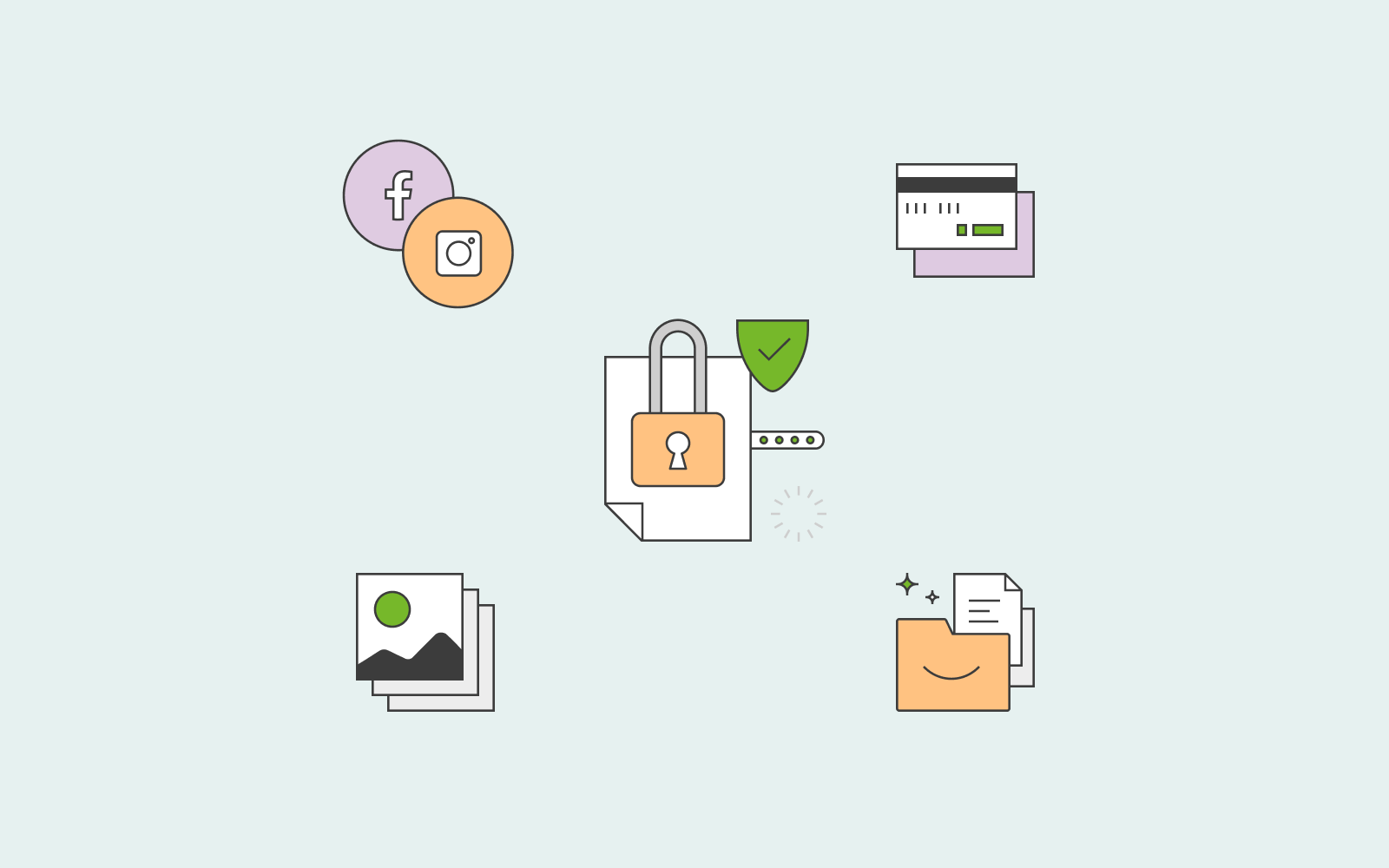
What is blackmail email?
In the digital context, blackmail is usually when a hacker or scammer threatens to publish a private moment or a piece of information unless they get paid not to. The information can be real, but it can also be fake. These scammers and hackers usually threaten to send the information to the recipient’s friends and family, shaming the recipient into submission.
An example of a type of strategy these scammers use is blackmail email. Many people are receiving threatening emails from their own account, which leads to fear and acceptance. People might believe that the scammer’s statements are accurate if they see their own email address as the sender. They’ll then believe that the scammer has all the information they’re claiming they have.
If you’ve received a blackmail email, remember to stay calm. A scammer’s primary objective is to blackmail victims into replying to the email and paying money to stop the extortion threat. However, remember that in most cases, they can’t hurt you.
We therefore recommend that you don’t reply to the email or pay them in any shape or form. Ultimately, the best thing to do is delete the blackmail email you’ve received and go on with your day.
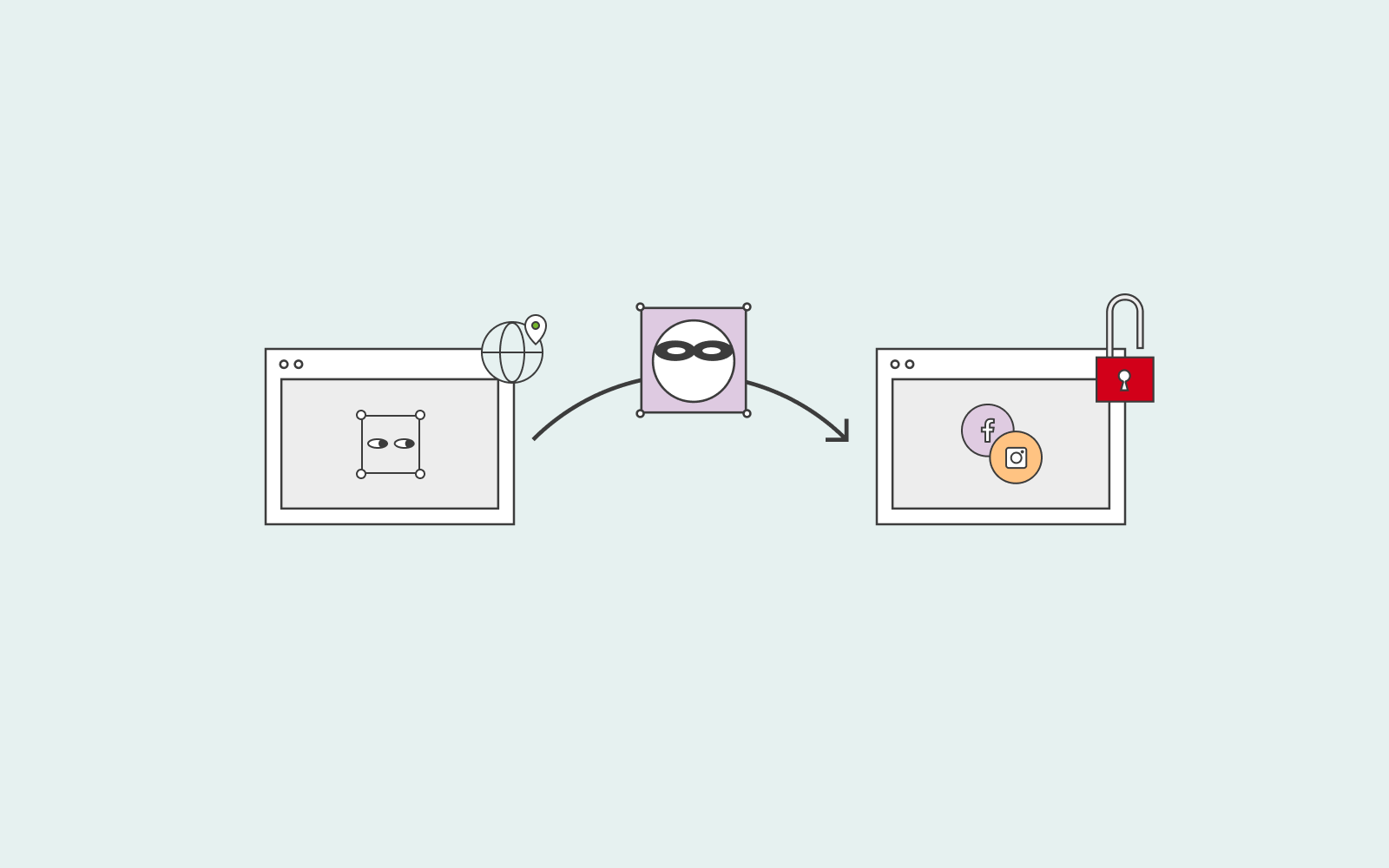
What to look for in a blackmail email
If you’ve received threatening emails and you’re confused due to the email’s content, keep reading and let us clear your mind.
Also, bear in mind that at one.com, secure email hosting is vital. You can stay calm knowing that your information is safe with us.
Password included in the email
When you receive a blackmail email, you might see your password written in the email. Scammers use this ploy (writing down your password in the email) to make you fearful and believe that the content of the email is authentic, eventually leading you to pay the ransom. The password scammers use in this ploy can be a password used by you at the moment, or it can be an older password that you have not used for a while.
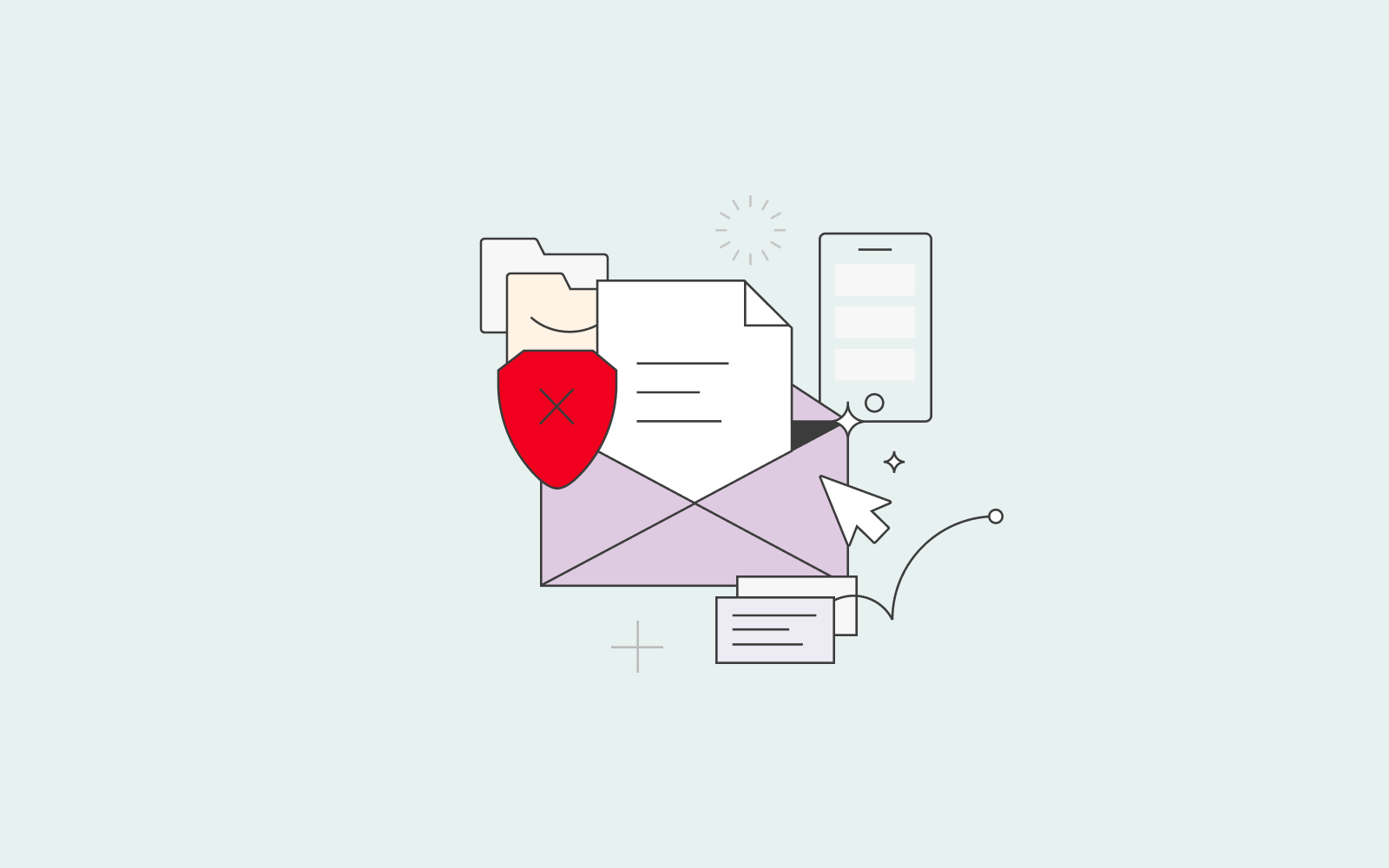
The scammers acquire your password through criminal activity, namely by stealing customer login details obtained in large-scale data breaches. For example, it can be that they’ve hacked Facebook, where you have an account, and collected your password as part of the data breach. Additionally, if you’ve used the same password for your Facebook account and email account, then their leverage might seem truthful to an untrained eye.
The username and password combination that people use will most likely be traded through criminal networks. This unfortunate situation happens to everyone who’s a customer of the website where the data breach has occurred.
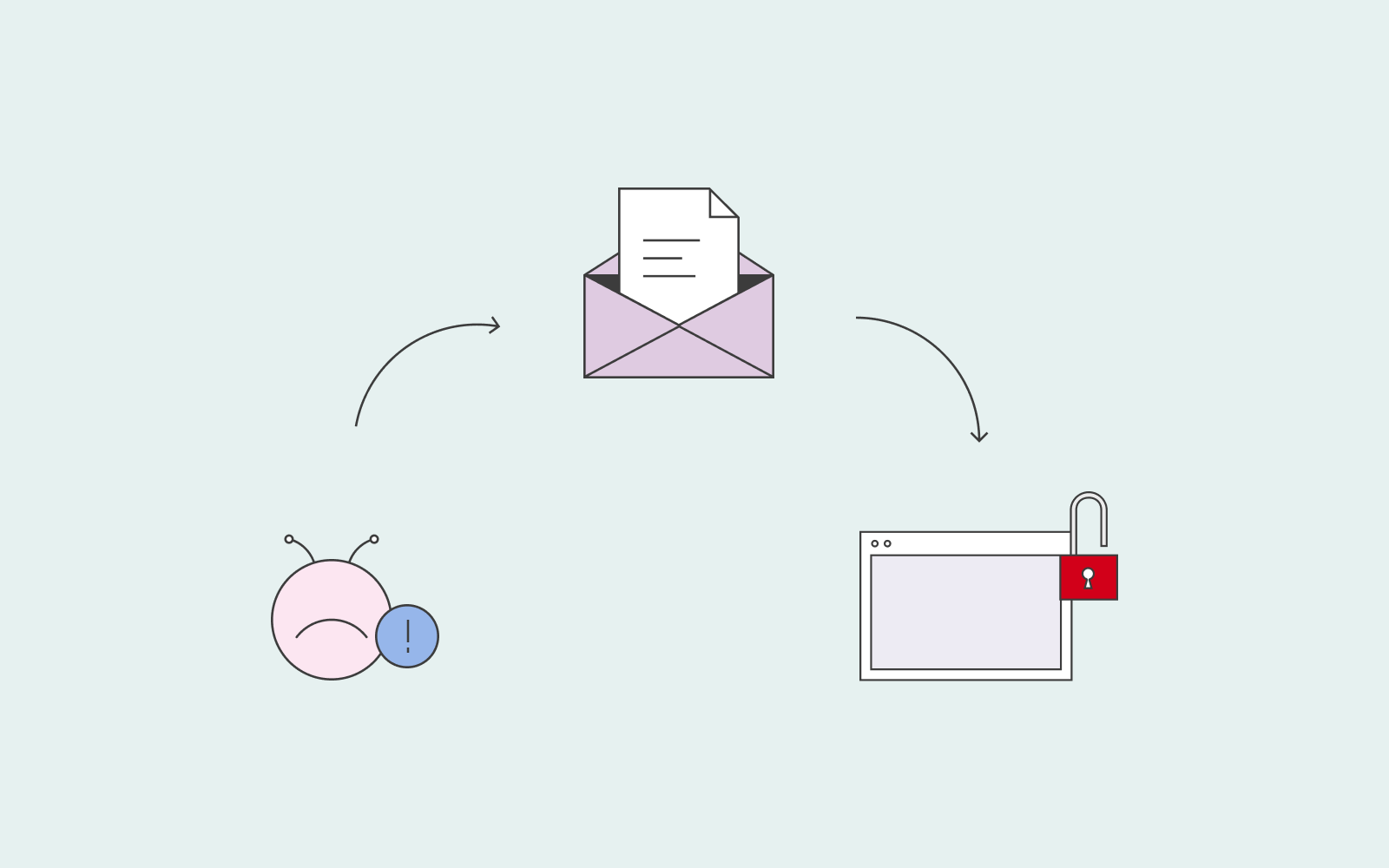
Thus, you should not be worried that you have malware or virus on your computer leaking your information. The only thing scammers achieve with this ploy is some credibility. It might scare you, but remember that this is not the case, you have not been spied on, and no one has breached your computer.
Your passwords are safe with us at one.com. Our highest priority is security and ensuring that your data is safe.
To avoid such scares, remember to use different passwords for different accounts. Don’t use the same password in multiple places. We know that it’s easier to remember, but it also puts you at a greater risk of being hacked. If you’re a customer or member at a site that’s been breached and if you use the same password for all your accounts, hackers will use the leaked login details to their advantage.
Ensure that you change your passwords on all your accounts regularly. If you have different passwords for all your various accounts, you’ll most likely not receive any blackmail emails.
In addition, remember to have secure passwords that are not commonly used. Don’t use private information in your passwords. The safest passwords are sentences. You’ll remember the sentence, and the bots will have a tough time guessing. You can read more on email passwords here.
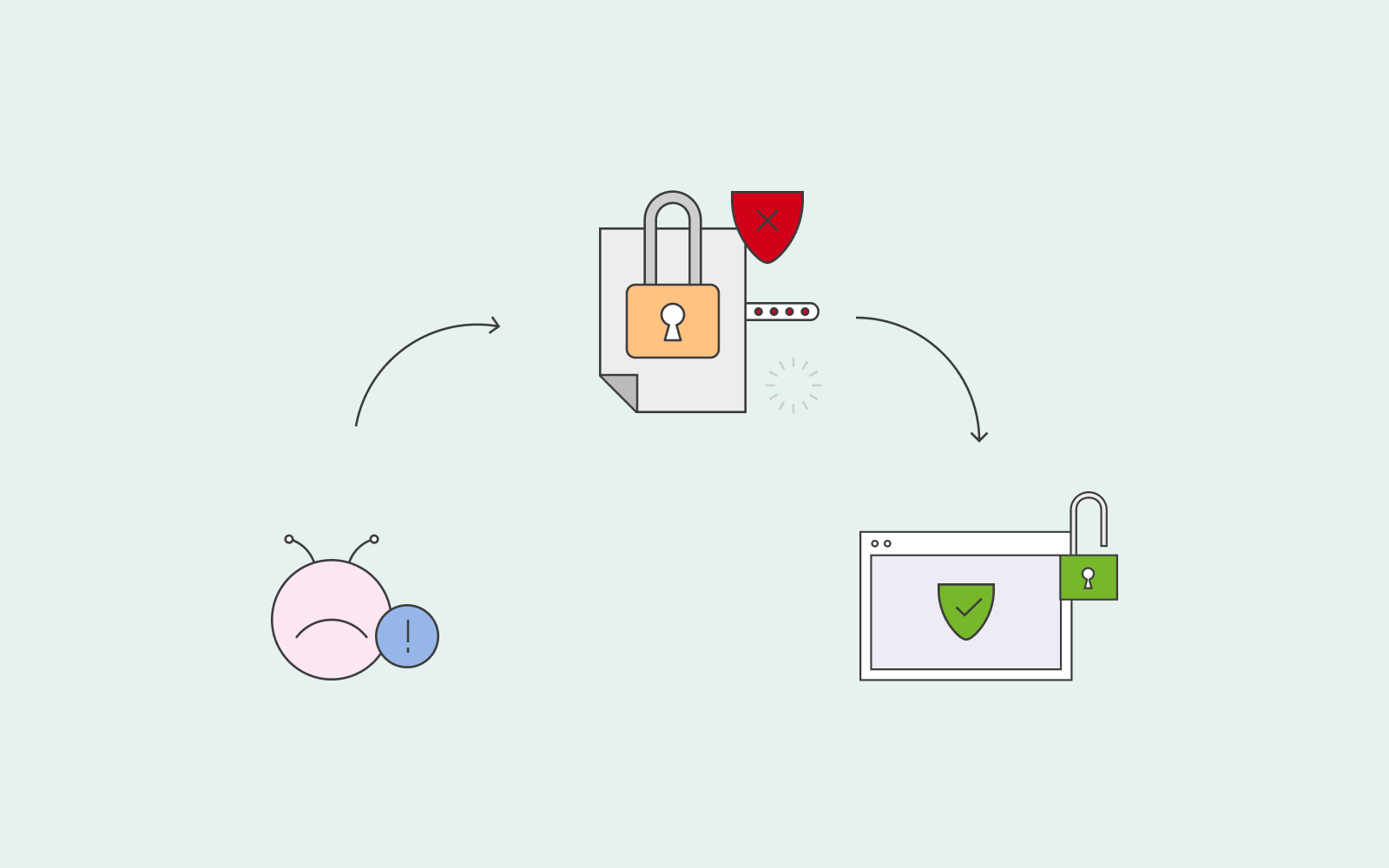
Did you receive a blackmail email from your own account?
Besides using the recipient’s password in the email, scammers also use the recipient’s own email address to make it seem that they’re the sender. They do this to hide their tracks but also to scare their recipients.
When you first open the email, you’ll see that your email address is in the sender box – this is not correct. This technique is called spoofing and makes it look like your own address sent the blackmail email to you, making you believe that the scammer has access to your email account. Modern email technology, unfortunately, makes this possible. If you are still unsure and scared, reach out to us! We’re ready to help you check and put you at ease.
A good tool against spoofing is setting up an SPF record. SPF here stands for Sender Policy Framework, and it’s a protocol that lets a domain owner provide IP address data for emails that have been sent through the domain. This means the SPF record lets other servers know which servers are authorised to send your emails. If an email arrived with your email address as the sender, but the server is not on the list, the email will be flagged as suspicious and, in many cases, completely denied.
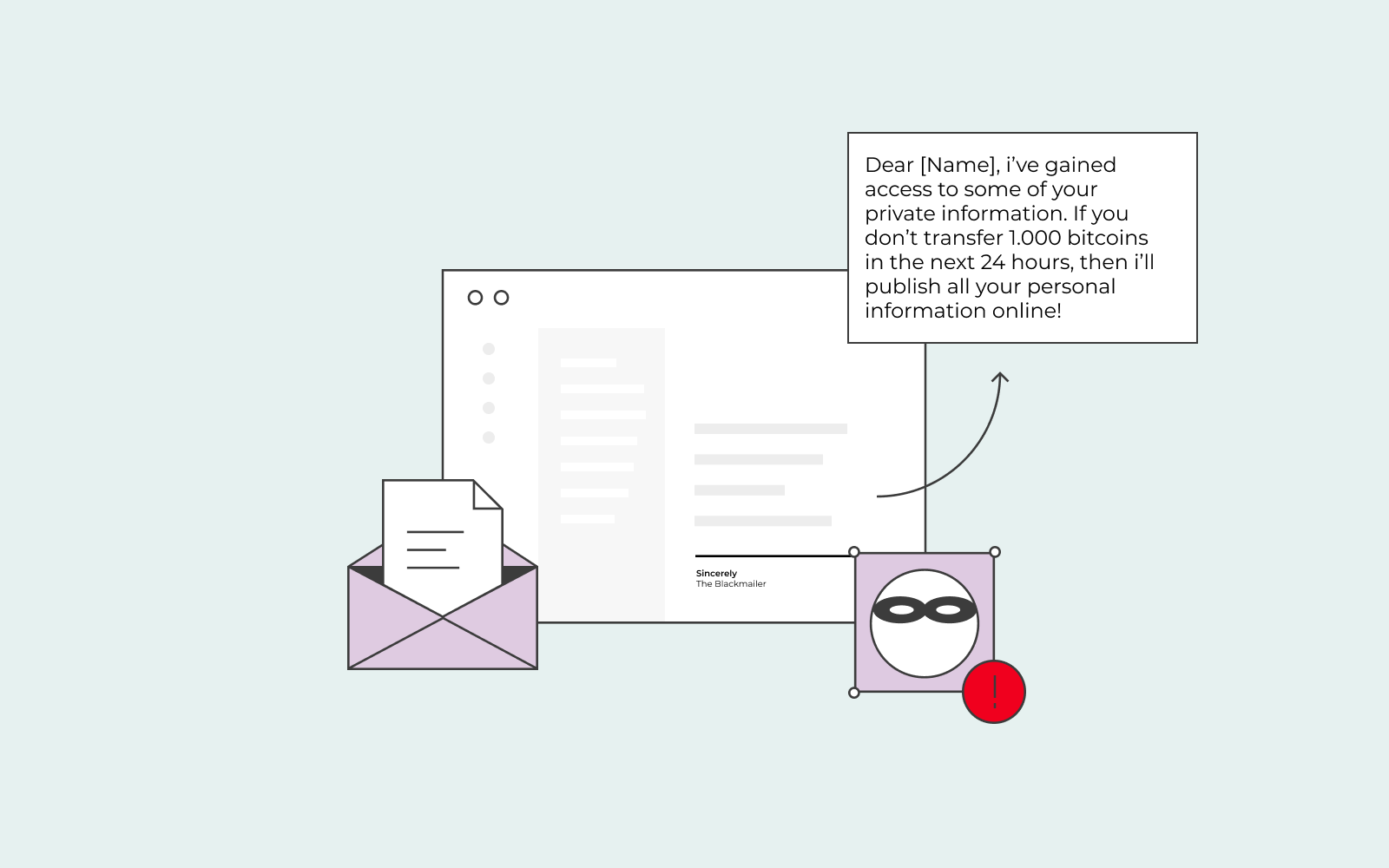
However, keep in mind that this process is dependent on the receiving server checking the SPF. Not all servers check the SPF, and if that’s the case, the email will be delivered regardless.
Tip: If you have a website with a contact form where visitors can send you messages, it’s a good idea to make sure that the contact form is secured and cannot be abused.
Dealing with and reporting blackmail emails
If you’ve received a blackmail email, don’t worry. Here are some of the steps you should take:

Change your passwords
The first thing you should do is change your password if you’re still using the password mentioned in the email for any of your accounts. If you’ve used the same combination of email address and password anywhere, it’s now considered vulnerable. This is an excellent time to change the password to a secure and complicated one.
Delete the email
Don’t reply to the email. Don’t click on any links that are on the email. Most importantly, don’t pay the scammer! If you don’t respond, click, or pay, you don’t need to worry as there is no negative risk.
You can report the email to the local authorities; however, they probably receive these reports several times a day, so it might not be necessary. Check with your local authorities if you’re unsure if you should report the blackmail emails you receive.
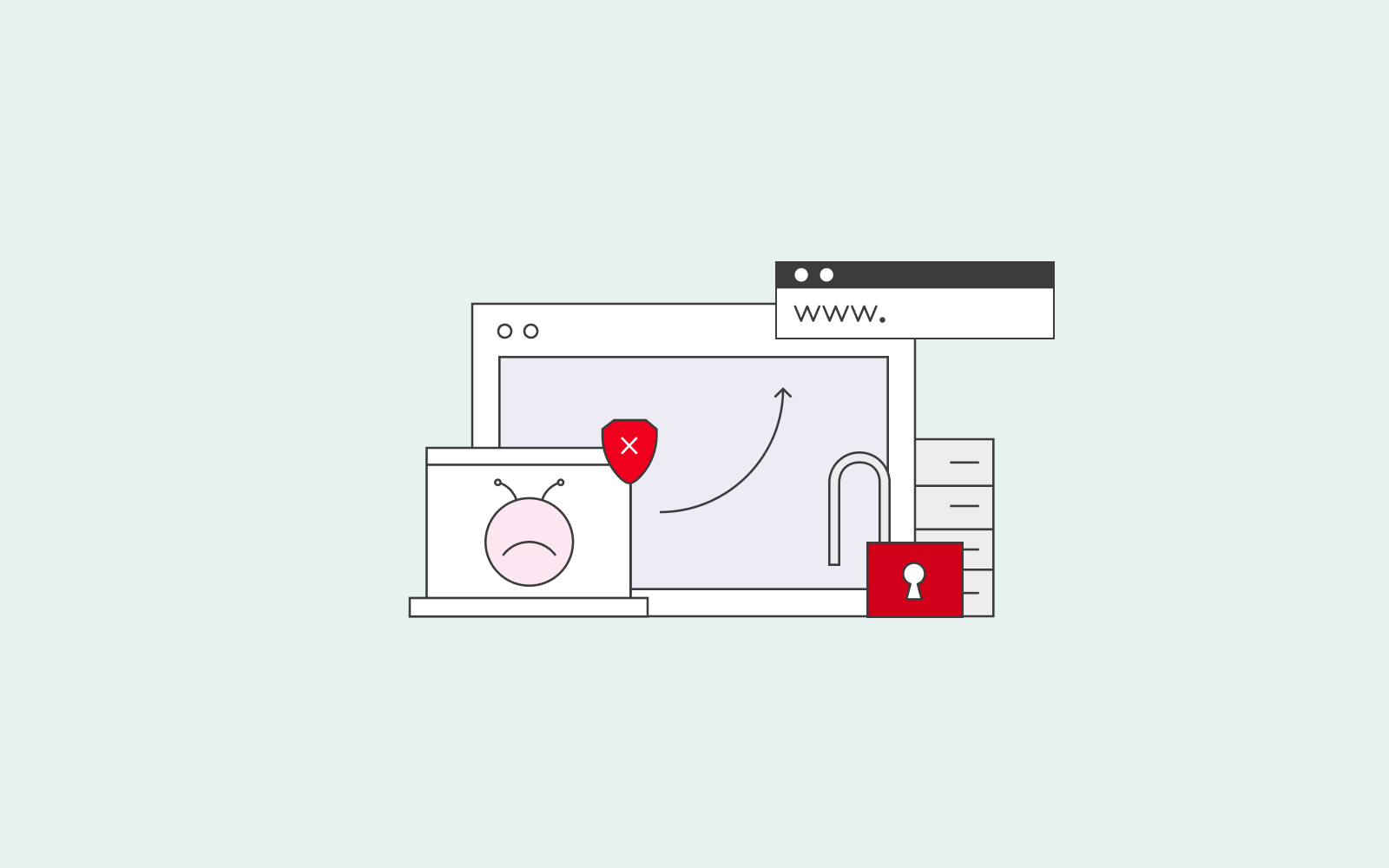
Check antivirus and available updates
Once you’ve changed your password (if necessary) and deleted the email (after reporting the blackmail email), ensure that your computer is safe and secure with antivirus software and that it’s regularly updating to have the latest security updates for your systems.
Remember to set up a SPF for your domain to help prevent scammers from trying to pretend to be you when sending an email.
Turn on the spam filter
If you turn on your spam filter (which you can do in your email settings), you’ll be doing yourself a favour as most scam emails will be automatically tagged as spam. You won’t have to deal with the hassle of reading the email only to find its spam; it will immediately go to your spam box.
If you have any doubt or concerns, don’t hesitate to contact us. Our aim is to keep you continuously protected out there!
